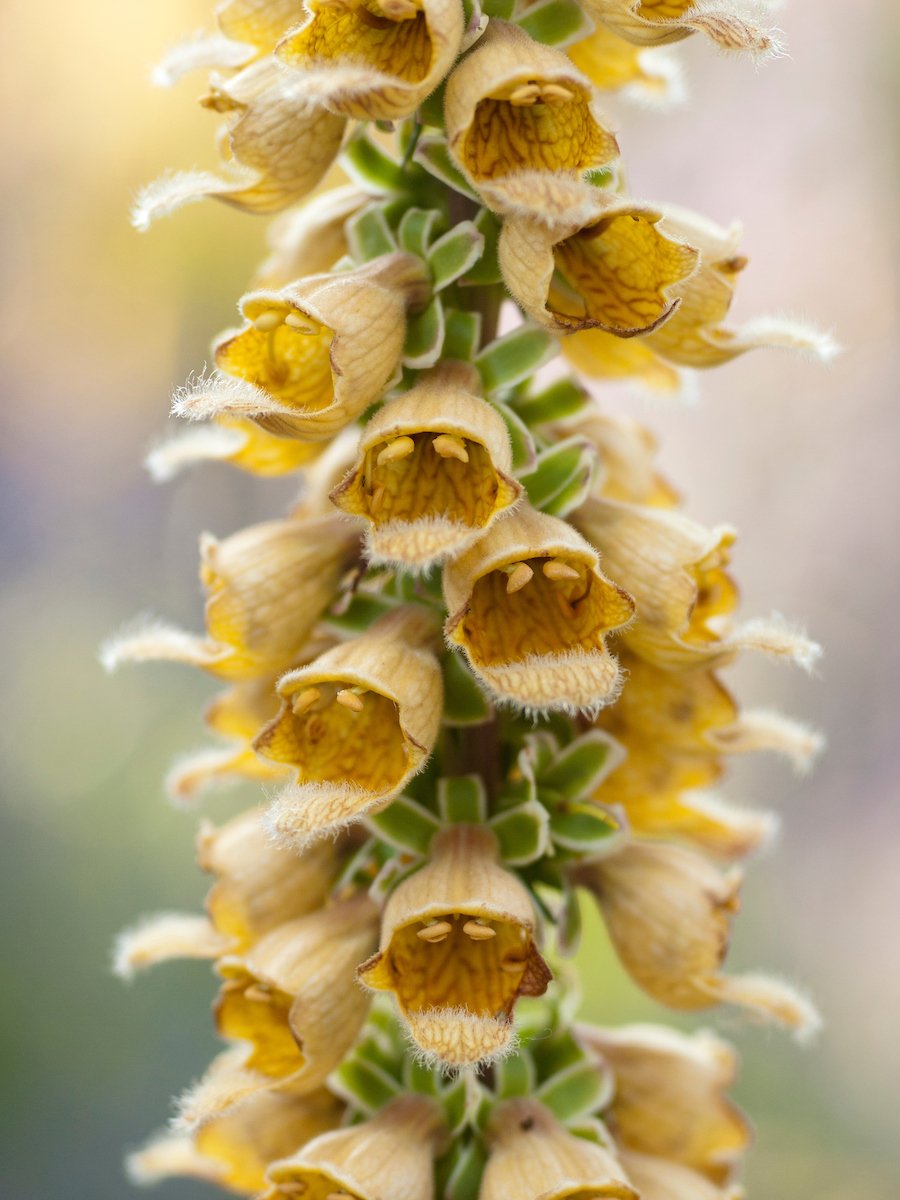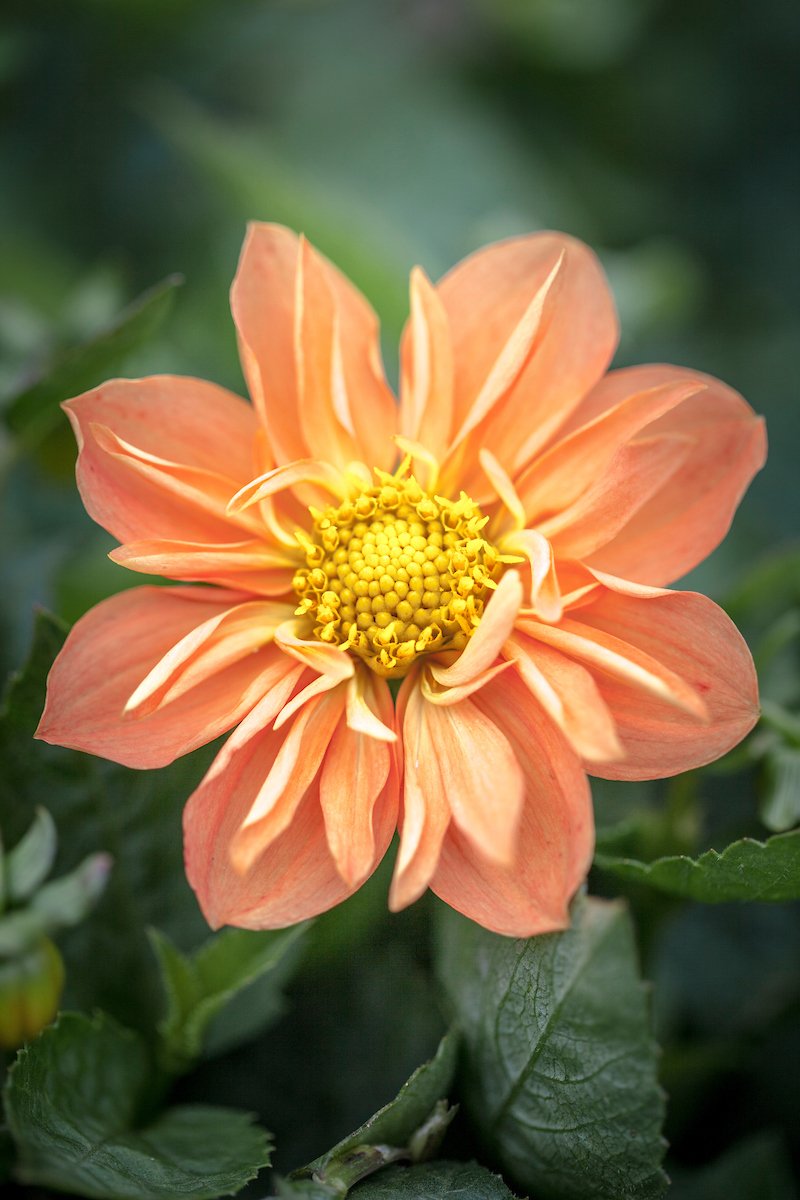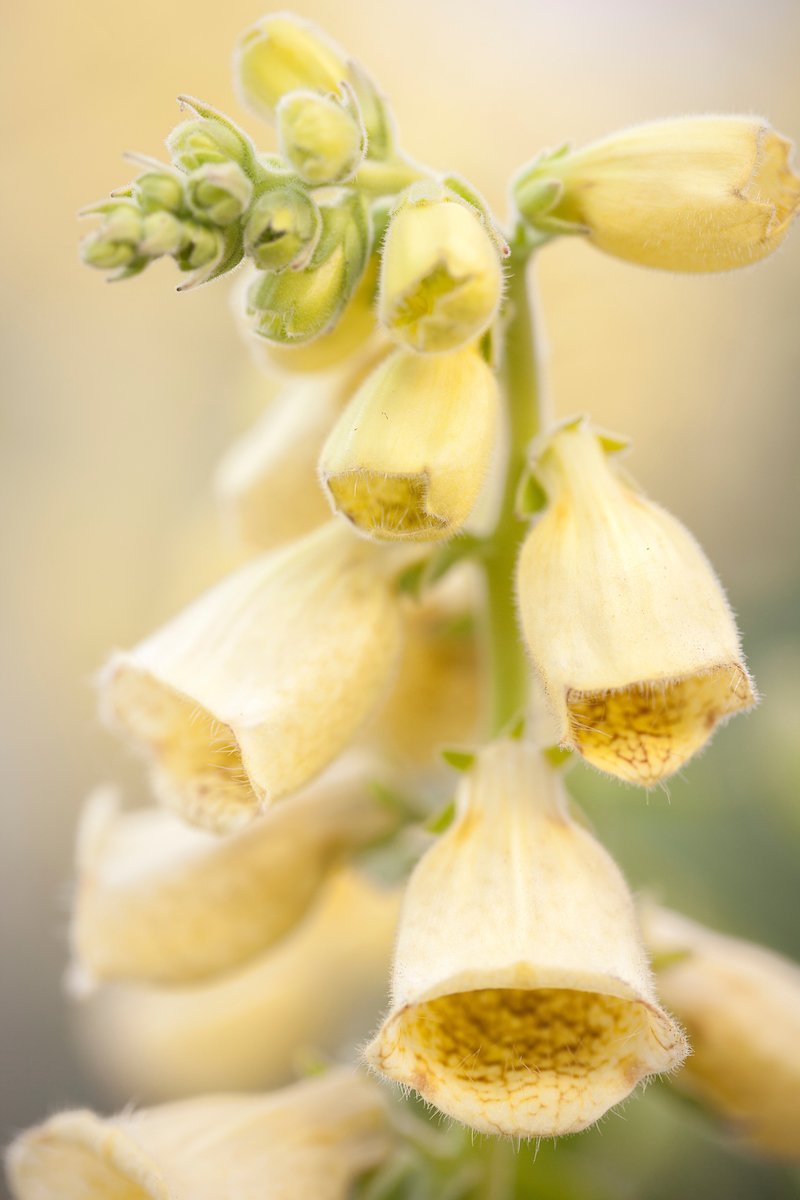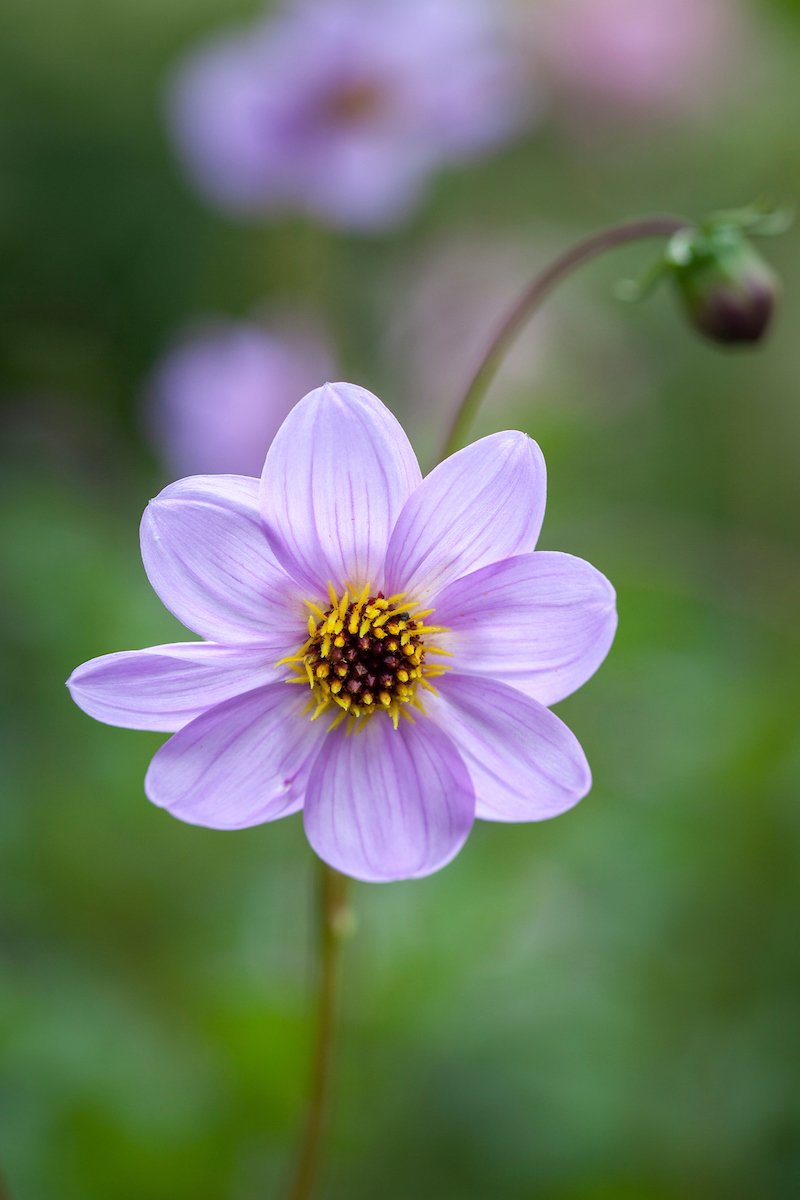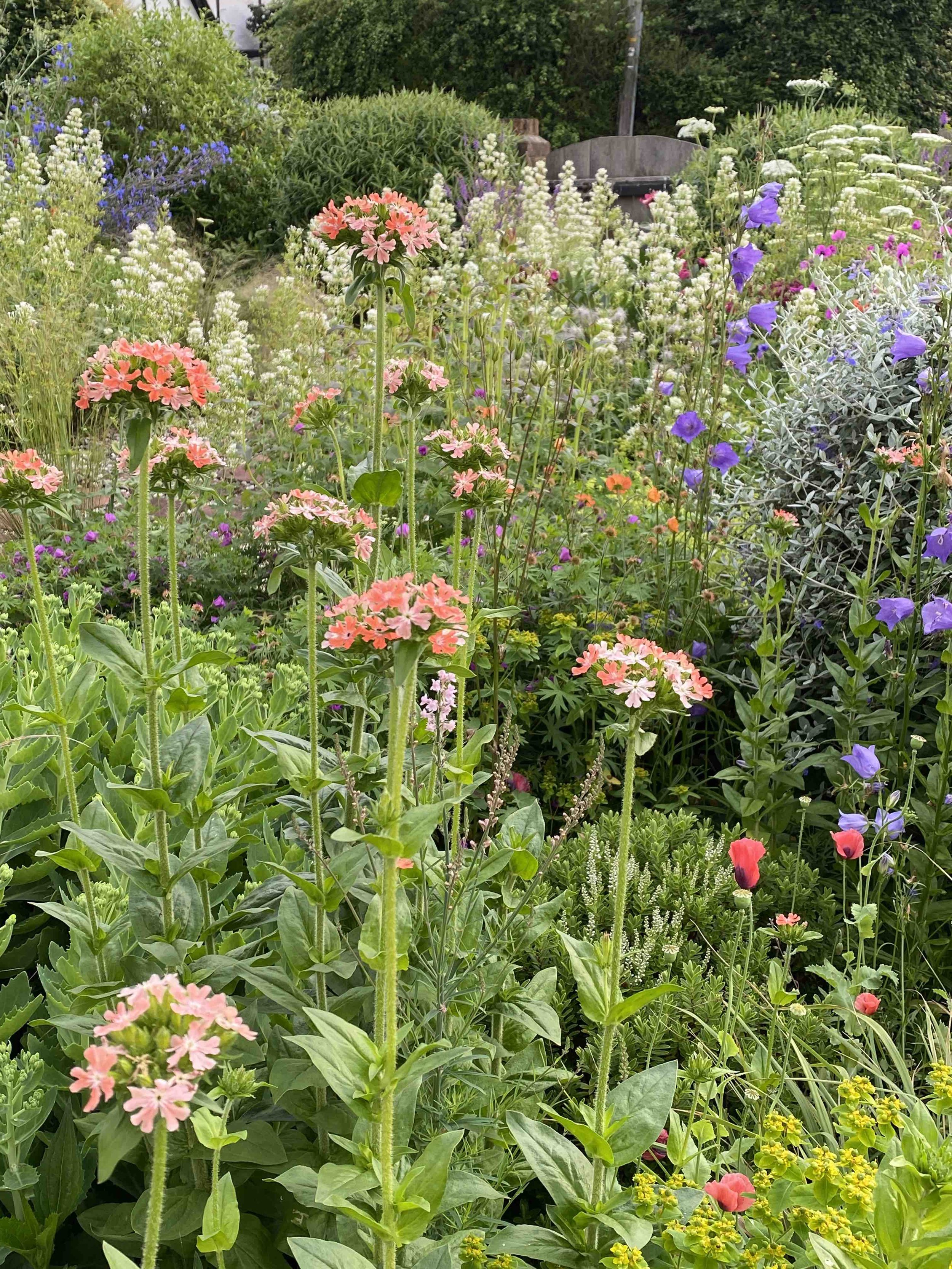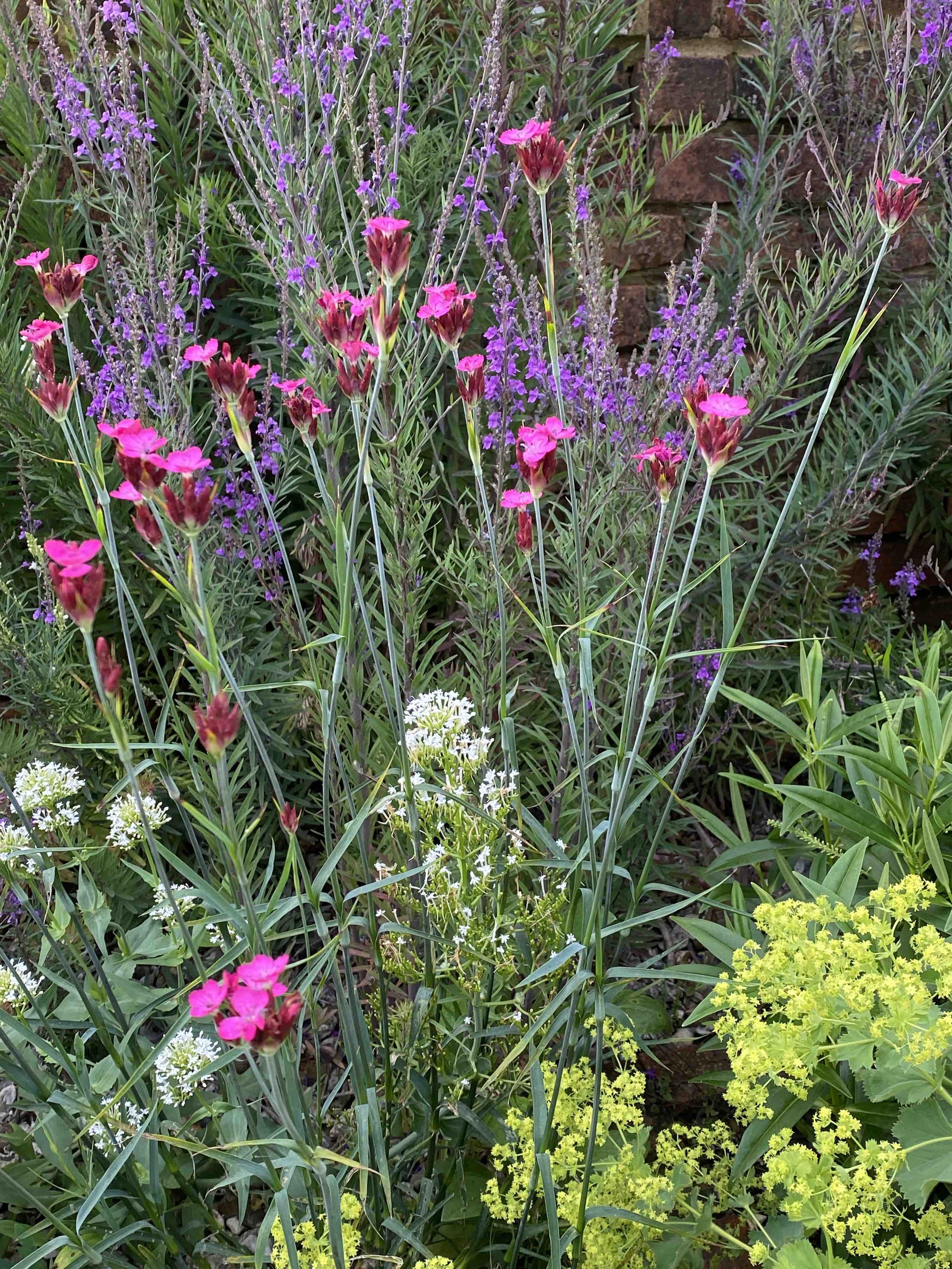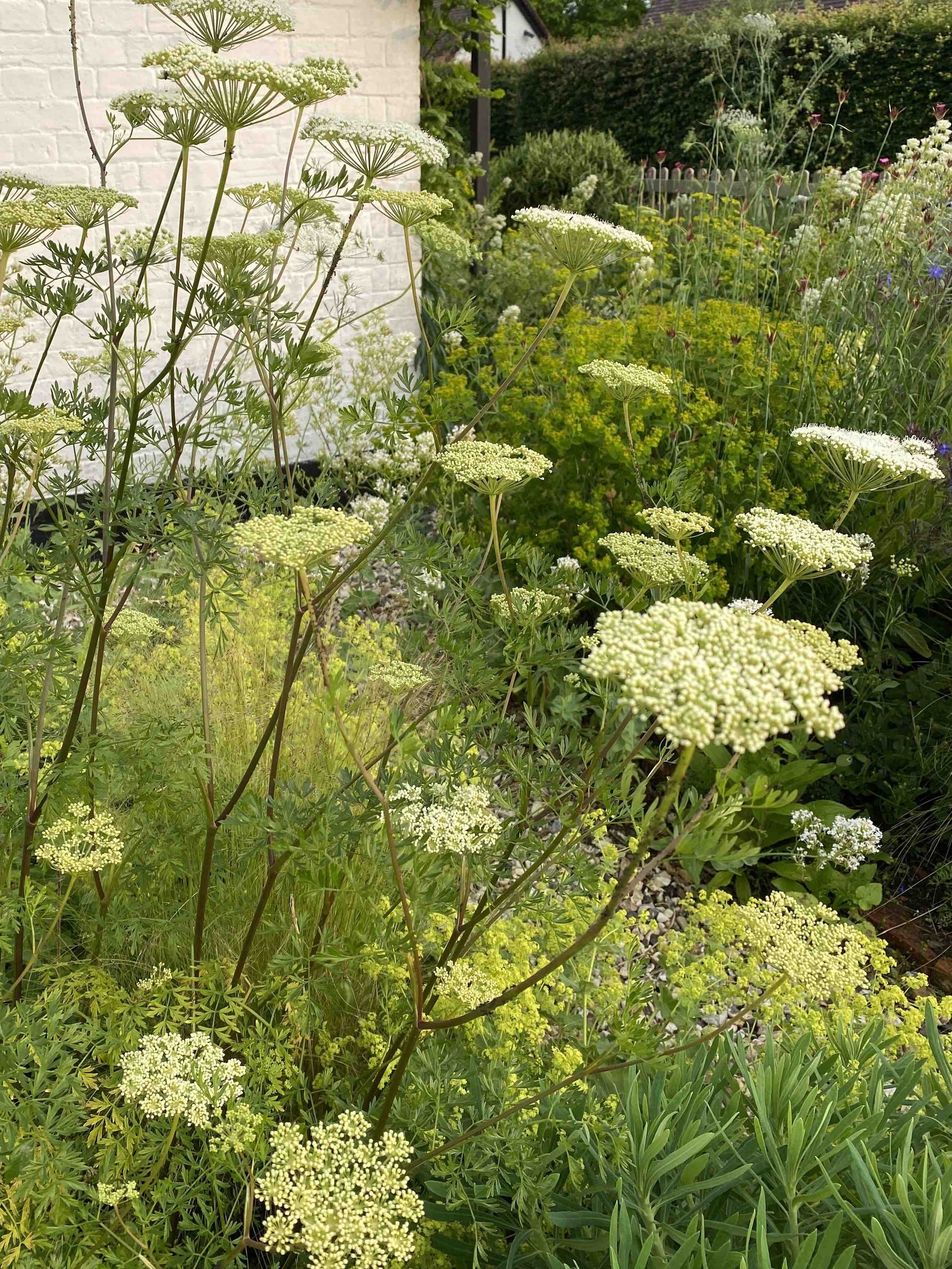Easy perennials to grow from seed
Photographs above by Sabina Rüber from our book The Flower Garden
At this time of year I am sowing seeds like a mad thing: annuals like larkspur, sweet peas and annuals, and half hardies like cosmos and zinnias are always on my list, but I also try different perennials every year, usually choosing those with a reputation for germinating easily and flowering the same year. Hardy perennials generally don’t need much heat to germinate, but I usually start them off indoors and take them out to my greenhouse as soon as they have germinated. They will then continue growing there before being pricked out and then potted on, at which stage they can be gradually hardened off before planting out in late spring or early summer. Here are my failsafe perennials to grow from seed.
Agastache
Also known as Anise hyssop, this group of bee-friendly aromatic plants from North America can sometimes be borderline hardy in the UK so although they are by nature perennial, they can sometimes succumb to winter cold and wet. But because they are so easy to grow from seed, they can almost be treated like annuals, grown anew each year. There are plenty of varieties to try. This year I’m growing ‘Licorice White’, ‘Apache Sunset’ and ‘Astello Indigo’ and all germinated successfully in under two weeks. The seeds need light to germinate; sow them on the surface of the compost in a seed tray, pressing them gently down with a pot tamper and pricking out when they are big enough to handle into individual 7-8cm pots. Plant out after all danger of frost has passed.
Calamintha nepeta
I’m growing this plant from seed for the first time this year, and have been coveting it for the edges of my borders for a long time. It has clouds of tiny, aromatic mauve-blue flowers on bushy plants, flowering from early summer right through to late September. It is a Mediterranean plant so needs full sun, and I think it will work well in my gravel garden. The seeds were sown in a seed tray on the surface of seed compost with a little vermiculite covering them, and germinated after two weeks at a temperature of about 20C. They are now in my greenhouse and need to be pricked out into individual pots before hardening off and planting out in late spring.
Cenolophium denudatum
Also known as the Baltic parsley, this is a brilliantly useful umbellifer for most situations. Tough and hardy, it has dark green, ferny foliage and tough wiry stems with softely domed white flower heads that start off apple green in late spring and last all summer, fading to long lasting seed heads in autumn. I first grew it from seed about five years ago and it is now a stalwart in my garden, making an excellent filler plant for a border. Sow it in autumn or early spring in coolish temperatures and grow on in a cold frame or outside until mid spring.
Dahlia
Most people think of growing dahlias from tubers but they can also be grown from seed sown in early spring. They are one of the most satisfying things to grow from seed as they germinate extremely quickly and soon grow into fat seedlings that are guaranteed to flower later in the year. However you can’t grow specific hybrids from seed, only seed mixes where the colours are something of a lottery, or the species themselves, such as D. coccinea, D. merckii and D. australis (all of which are worth a try from seed). Some of the dahlia seed mixes are pretty gaudy, but you can find mixes with slightly more tasteful colours like ‘Sunny Reggae’ or ‘Bishops Children’. I am trying a cactus mix this year for fun to see what I end up with… Sow individual seeds in modules or 7-8cm pots and germinate at 20-23C. Gradually harden the seedlings off and grow on in bigger pots until all danger of frost has passed.
Dianthus carthusianorum
This fabulous dianthus produces tall, wiry stems with starry, magenta-pink fowers, and is perfect for a gravel garden in a dry, sunny spot. In my front garden it is slowly self-seeding its way around, placing itself next to Stipa tenuissima as a perfect plant partner. Sow the grainy black seeds on the surface of seed compost in a modular tray, pushing them gently into the compost but not covering them as they need light to germinate. They need temperatures of 16-18C to germinate, and although they will need some protection as tiny seedlings, they are hardy so can be grown on outside in spring, before planting out in late spring. Dianthus cruentus is another one to try, with deep crimson flowers. I am also growing D. knappii in gravel, a low-growing pale yellow dianthus that can be grown from seed.
Digitalis grandiflora
This is a short-lived perennial foxglove rather than a biennial like the common purple form, and in my garden it also self-seeds to perpetuate. Growing to about 80cm, it has nodding bells of pale, buttery yellow, and will usually flower the same year if you sow it in early spring. Sow the tiny seeds thinly on the surface of moist compost in a seed tray and cover very lightly with vermiculite. When the seeds are large enough to handle, prick them out carefully, transferring each to its own 7cm pot, and plant out in late spring. It prefers a sunnier spot than the common foxglove.
Lychnis chalcedonica ‘Carnea’
A clump-forming perennial, this isn’t often available as a plant but it is an easy one to grow from seed, and I am now spreading it round my garden by dividing my existing plants. It produces tall, sturdy stems with domes of pinkish flowers in varying shades of cream, salmon and dusky pink, and it prefers a sunny spot. Sow in early spring at 18-21C on the top of moist compost, without covering, as it it needs light. Prick out and grow on before planting out in late spring.
Find eco-friendly Seed Trays, Pot Tampers and Plant Labels in the Bud to Seed Shop.
